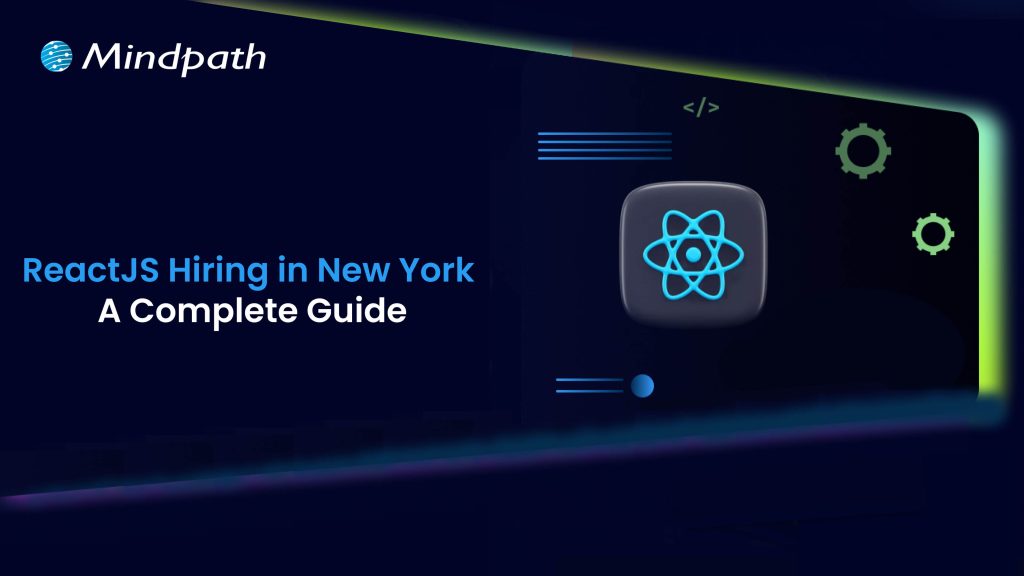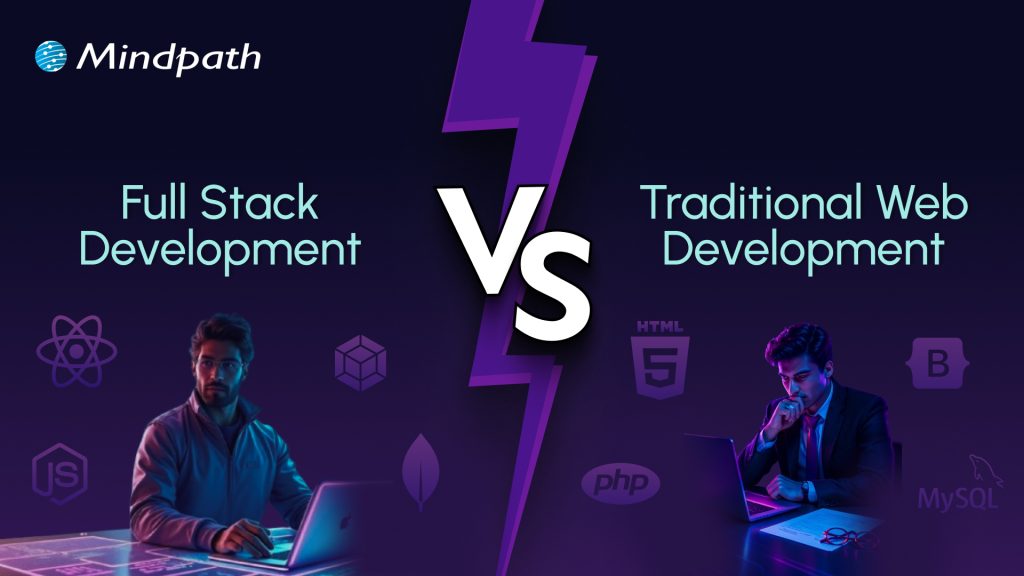As React applications grow, performance optimization becomes essential to ensure a smooth user experience. Large applications can slow down due to unnecessary rendering, heavy data processing, or inefficient component updates. To keep apps running efficiently, developers use various techniques to improve speed, reduce memory usage, and enhance responsiveness. Here are some key strategies to optimize React performance.
1. Lazy Loading Components (Code Splitting)
Lazy loading, also known as code splitting, enables React to load only the sections of an application that are required, rather than the entire program at once. This minimizes initial loading time, increases speed, and provides a more seamless user experience, particularly for big applications with numerous components and dynamic content.
2. Using Memoization
Memoization in React allows the program to save the results of earlier computations, eliminating the need to redo them. This minimizes superfluous work, increases speed, and allows the software to execute more quickly. It is particularly beneficial for optimizing functions and components that deal with complicated data or require regular re-rendering.
3. Handling Large Lists Efficiently
When working with enormous datasets, rendering hundreds of items at once can lead to performance issues. React employs list virtualization, which loads and shows just the visible elements on the screen. This method enhances efficiency, minimizes memory utilization, and provides a seamless user experience, even with large data sets.
4. Identifying Performance Bottlenecks
React’s Profiler detects sluggish components and wasteful rendering behaviors. By analyzing performance concerns, developers may optimize the software, decrease latency, and ensure a smooth user experience. Identifying and addressing these bottlenecks improves responsiveness and overall application efficiency.
5. Avoiding Unnecessary Re-Renders
React can modify components needlessly, reducing performance. Optimizing state management, employing memoization, and avoiding needless prop changes might help to decrease the number of re-renders required. By decreasing the system burden, the program runs quicker, is more responsive, and provides a better user experience.
6. Using Production Builds
React’s production build removes extra development code, optimizes bundle size, and improves execution speed. This makes the application load faster and perform better by eliminating unnecessary debugging tools, warnings, and extra processing that are useful during development but slow down performance in a live environment.
Optimizing React performance is crucial for maintaining speed and responsiveness in large applications. By implementing techniques like lazy loading, memoization, and avoiding unnecessary re-renders, developers can ensure that apps continue to perform at their best, even as they grow in complexity.
At Mindpath, we specialize in optimizing React applications for peak performance.
Let’s enhance your app’s speed and scalability—contact us today!












